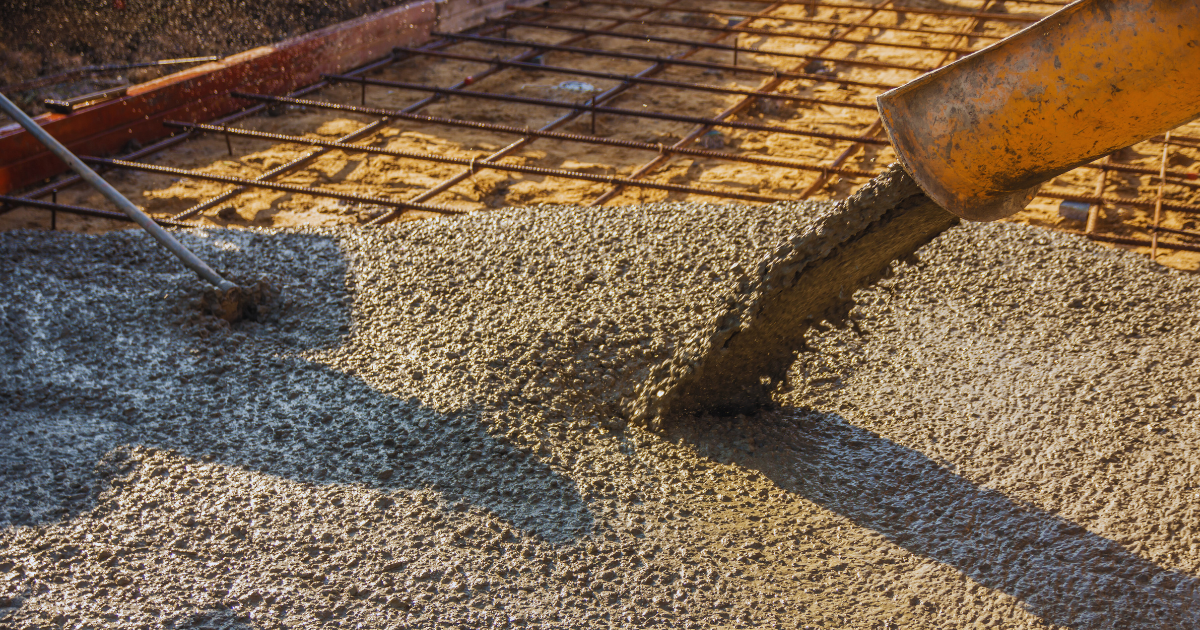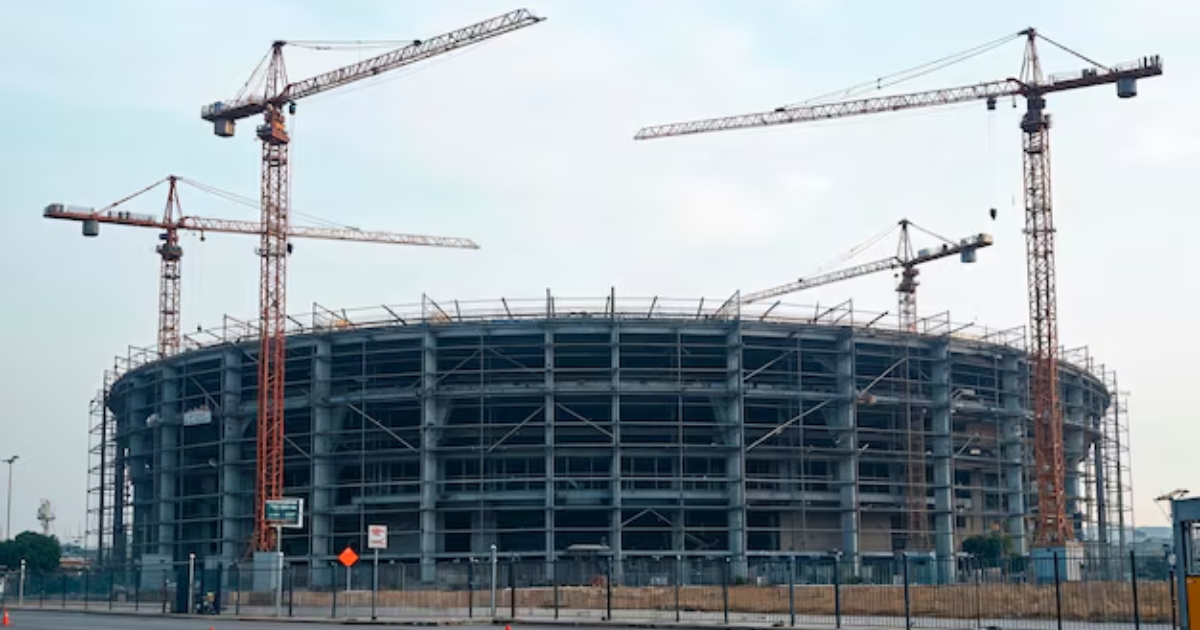When it comes to creating resilient and deep foundation systems, the construction of diaphragm walls stands as a leading technique. Particularly in projects where water is present, such as near rivers, ports, or coastal areas, the underwater construction of diaphragm walls becomes essential. These walls serve as temporary or permanent structural elements and are used to retain soil, prevent water seepage, or stabilize excavations in complex civil engineering projects.
In this blog, we will explore the construction of diaphragm walls in underwater conditions, their applications, key construction processes, challenges, and the role they play in modern infrastructure.
What is a Diaphragm Wall?
A diaphragm wall is a continuous concrete wall constructed in the ground, typically reinforced, and designed to serve as a retaining wall or foundation. It is commonly used for deep excavations, tunnels, underground parking structures, and water-retaining structures.
The construction of diaphragm walls has become a popular method in the building of foundations, particularly in dense urban areas or water-influenced environments. The advantage of diaphragm walls is their ability to resist both lateral and vertical loads, making them suitable for a wide range of engineering needs.
Why is the Construction of Diaphragm Walls Crucial in Underwater Environments?
In projects where water is a major factor, such as in marine construction or underground metro projects, building a diaphragm wall underwater presents a challenge that requires careful planning, equipment, and expertise. The construction of diaphragm walls underwater is essential to create a barrier that prevents water intrusion, stabilizes the soil, and maintains excavation stability.
Some of the most common applications include:
Port Facilities: Diaphragm walls are widely used in ports to retain the soil and stabilize harbor walls, quays, and jetties.
River and Coastal Structures: Projects near rivers or the sea require underwater diaphragm walls to prevent water ingress and ensure the structural integrity of the buildings.
Underground Metro Stations: Where metro tunnels are built below the water table, diaphragm walls are critical for creating watertight excavation zones.
Steps in the Underwater Construction of Diaphragm Walls
The construction of diaphragm walls underwater is a highly technical and specialized process. Here is a breakdown of the key steps involved in ensuring the successful installation of these walls:
1. Preliminary Design and Planning
Before the construction begins, engineers must carry out detailed site investigations to understand the soil conditions, water table, and load requirements. This data is essential for determining the depth and thickness of the diaphragm walls. The design must accommodate lateral water pressure and provide stability against hydrostatic forces.
2. Installation of Guide Walls
Guide walls are temporary structures used to support the diaphragm wall panels during excavation. These walls help guide the excavation tools and maintain the wall’s alignment. For underwater construction, the guide walls must be secured to prevent movement due to water currents or tides.
3. Trenching and Excavation
The trenching process is the most critical part of the construction of diaphragm walls. In underwater conditions, specialized hydraulic clamshells or grab equipment is used to excavate the trench. The trench depth is typically up to 30-50 meters, depending on the design specifications.
To prevent the trench from collapsing during excavation, a stabilizing fluid such as bentonite or polymer slurry is introduced. This fluid creates a protective barrier between the soil and water, allowing for a clean and stable trench.
4. Placement of Reinforcement Cages
Once the excavation is complete, reinforcement cages are lowered into the trench. These cages consist of steel bars arranged in a grid pattern that will provide the diaphragm wall with its structural integrity. The correct placement and securing of these cages are crucial to ensure that the construction of diaphragm walls meets safety and performance standards.
5. Concreting with Tremie Method
In underwater conditions, concrete is poured using the tremie method. A tremie pipe is a watertight pipe that allows concrete to be poured directly into the trench without being contaminated by the slurry or water. The concrete displaces the bentonite slurry, filling the trench from the bottom up and ensuring that no voids form during the pouring process. This technique ensures a solid and uniform diaphragm wall.
6. Removal of Excess Slurry
After the concrete is set, the excess bentonite or slurry is carefully removed. The walls are cleaned to ensure that no debris or contamination affects the integrity of the wall. This final step completes the construction of diaphragm walls in underwater environments.
Key Challenges in Underwater Construction of Diaphragm Walls
Despite the effectiveness of diaphragm walls, constructing them underwater comes with significant challenges:
Water Pressure: Managing water pressure is one of the biggest challenges. The water exerts constant pressure on both the excavation and the diaphragm wall, which can lead to leakage if not properly addressed.
Soil Instability: Underwater soil, especially in riverbeds or coastal areas, can be unstable. The use of stabilizing fluids like bentonite is critical to prevent trench collapses.
Equipment and Access: Constructing in underwater conditions limits access to the construction site and requires specialized equipment like tremie pipes, hydraulic clamshells, and deep-sea grabbers.
Environmental Considerations: Projects near water bodies often require environmental considerations. Engineers must prevent contamination of surrounding water during excavation, especially when using slurry or concrete.
Benefits of Diaphragm Walls in Underwater Construction
The construction of diaphragm walls is widely used in civil engineering projects due to several key benefits, particularly in underwater environments:
Watertight Structure: Diaphragm walls provide excellent waterproofing, making them ideal for underground projects and areas where water ingress can compromise the structural integrity of a building or excavation.
High Load-Bearing Capacity: Diaphragm walls can withstand significant vertical and horizontal loads, ensuring stability in large projects.
Minimal Disruption: The installation of diaphragm walls, particularly in urban and water-laden areas, creates minimal disturbance to the surrounding structures and environment.
Long-Term Durability: Diaphragm walls are built to last. They provide long-term protection against water seepage and structural instability, reducing the need for future repairs.
Conclusion
The construction of diaphragm walls is an essential technique in modern civil engineering, especially for projects involving underwater environments. From ports to underground metro systems, these walls provide a reliable solution to prevent water intrusion, stabilize soil, and support deep excavations. The process involves detailed planning, specialized equipment, and expert execution to ensure that the diaphragm wall fulfills its intended purpose.
With the increasing demand for complex infrastructure, the construction of diaphragm walls continues to evolve, offering enhanced solutions for challenges posed by water and soil conditions. Whether building near a river, on a coastal shore, or beneath the water table in urban areas, diaphragm walls are key to ensuring that structures remain safe, stable, and dry.







